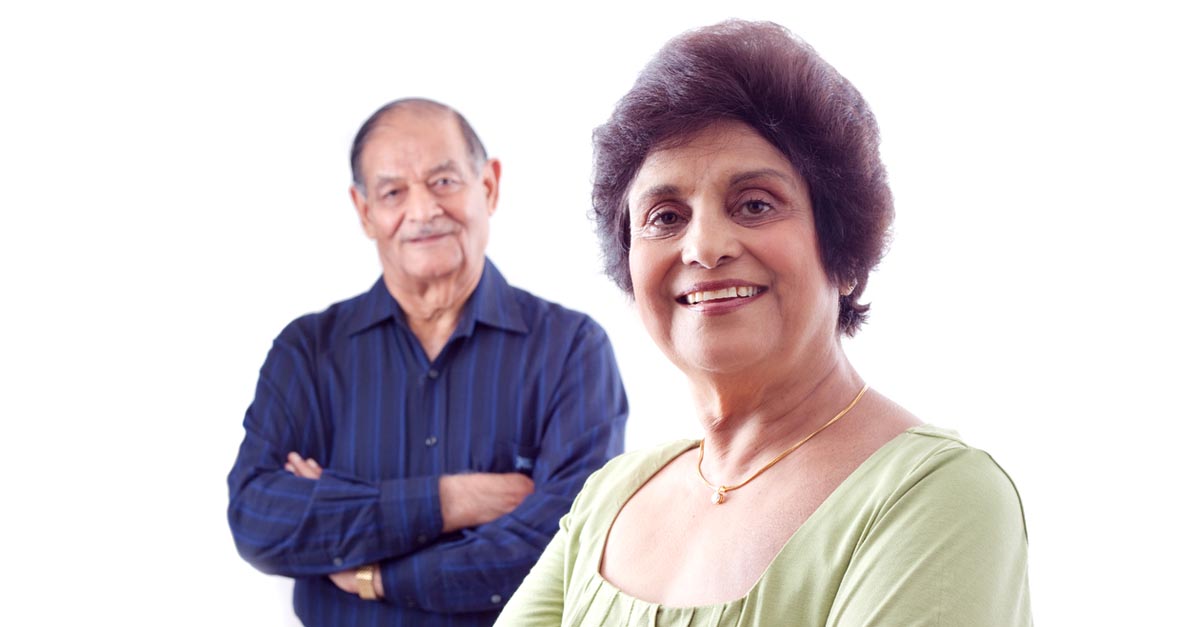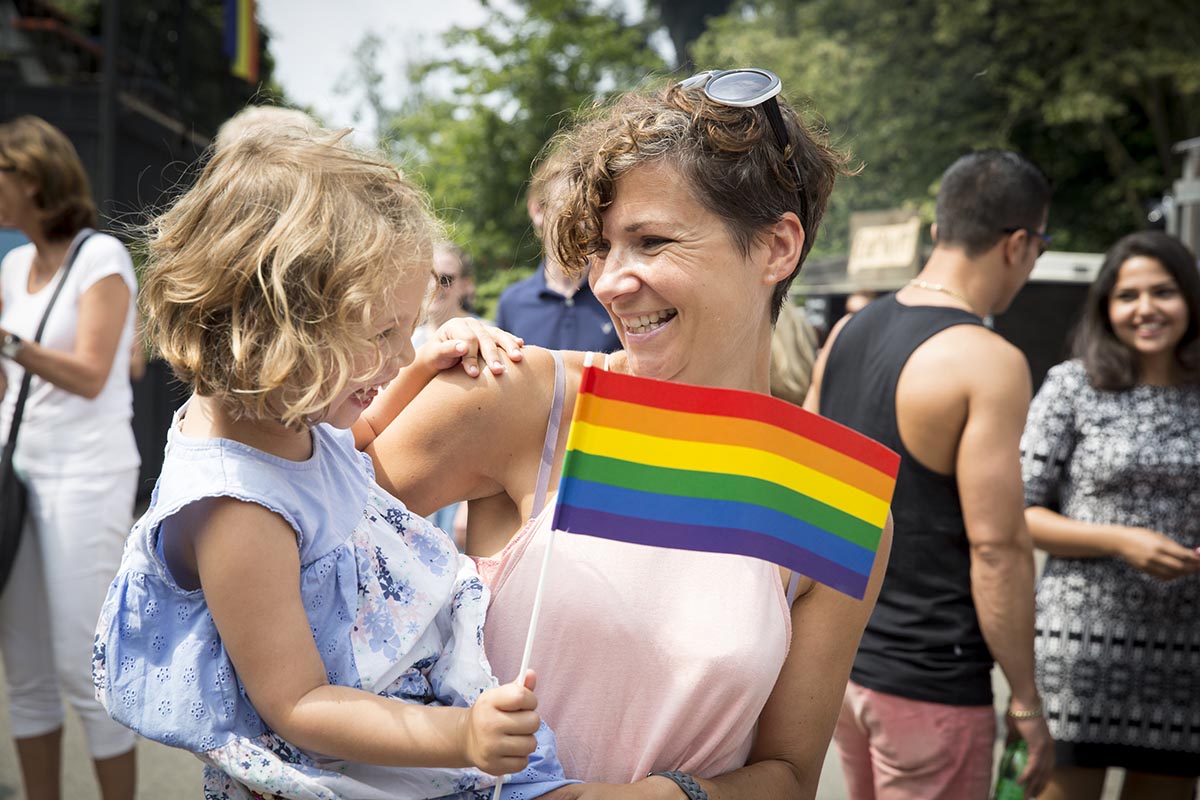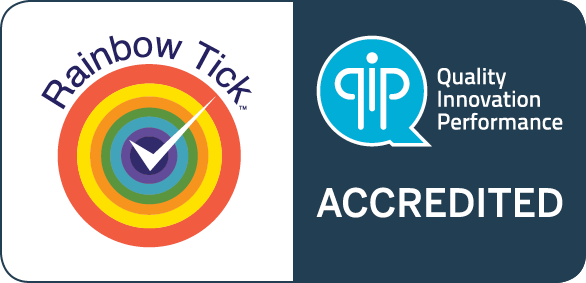
By Dr Jeannie Knapp
C2.1 A Our practice, in providing patient health care, considers patients’ rights, beliefs, and their religious and cultural backgrounds.
What is ‘cultural background’?
Cultural background can refer to a person’s gender, family, age, religion, race, ethnicity, language group or socioeconomic status. It may also refer to specific communities, such as people who identify as LGBTIQ. These cultural factors and values shape a person’s identity and influence their health and wellbeing.

To meet this Indicator you must demonstrate that you have considered patients’ rights, beliefs, and religious and cultural backgrounds when providing health care.
Why is this important?
The ideal patient-practitioner partnership is a collaboration based on mutual respect and mutual responsibility for the patient’s health.
Respectful and culturally appropriate care is based on cultural awareness and sensitivity, which
begins with learning about other cultures and cultural beliefs. Cultural awareness is defined by the Centre for Cultural Diversity in Ageing as:
“An understanding of how a person’s culture may inform their values, behaviours, beliefs and basic assumptions … [It] recognises that we are all shaped by our cultural background, which influences how we interpret the world around us, perceive ourselves and relate to other people”.
How can I meet this indicator?

Which cultural groups are present in my practice?
- Use a clinical audit tool such as PEN CAT to identify the cultural groups in your practice.
How do we record cultural groups?
- Some cultural groups are easy and standard to record such as gender and age, but do you ask about other information, such as languages spoken, country of birth or ethnic group? What about asking people “are you of Aboriginal or Torres Strait Islander decent?” Do you also ask if people identify as LGBTIQ? Consider including these questions on your intake form and ensuring your staff can explain why these questions are being asked.
- Include open questions for next of kin/emergency contact on your intake forms, such as “What is their relationship to you?” – rather than including standard options, such as husband/wife.
- Include options for gender to accommodate non-binary and gender diverse people, for example: Gender – please state, or Gender – male/female/other.
How do we train staff in cultural awareness?
- Complete the Aboriginal and Torres Strait Islander cultural safety training so that your practices becomes eligible for the PIP Indigenous Health Incentive. This will enable your practice to write Closing the Gap prescriptions and provide culturally appropriate care to Aboriginal people
- Provide access to cultural awareness and cultural safety training for the practice team and keep records of the training in the practice’s training register.
- Encourage your practice team to complete the NWMPHN training module to become familiar with and sensitive to the diverse terminology, experiences, health issues, standards, and referral pathways with respect to trans, gender diverse, and non-binary (TGDNB) clients.
- Hold meetings for the clinical team to discuss and identify the unique health needs of lesbian, gay, bisexual, transgender, queer, intersex and queer (LGBTIQ) patients.
- Consider doing the “rainbow tick” LGBTIQ training.
- Target clinical training to specific cultural groups, for example: more women’s health training if you have a large population of women.
What policies should we have?
- Maintain a cultural safety policy for the practice team and patients, so that your practice team knows they are required to provide care that is respectful of a person’s culture and beliefs and is free from discrimination.
- Maintain a policy about patients’ rights and responsibilities.
- Maintain policies and processes about patient health records.
- Maintain an anti-discrimination policy.
What services/changes can we implement to meet the cultural needs of our population?
- Meet a patient’s request for a practitioner from a specific cultural group, if possible. For example: a gender or language group.
- Have separate sections of the waiting room, if possible. For example: areas for children or young people. Make sure these areas are culturally appropriate for the people who use them.
- Display signs acknowledging the traditional custodians of the land.
- Display Aboriginal or Torres Strait Islander art – ensure it is appropriate to do so on the lands of your practice and that the artist and their community is promoted. More tips are available from the National Gallery of Australia.
- Display the rainbow flag to indicate a culturally safe place for LGBTIQ people.
- Display organisational cultural protocols within the office, waiting areas and consultation rooms.
- Provide resources appropriate to the health literacy, language and cultural needs of your patients.
- Consider how you communicate with different age groups. For example: if you have a large elderly population who may not routinely have mobile phones, you may need to communicate more with regular mail, whereas a younger population may prefer social media.
Where can I get more information?
Education
Cultural awareness training available in the North Western Melbourne Primary Health Network catchment:
- RACGP Cultural awareness and safety training online ALM
- ACRRM online Cultural Awareness training
- VACCHO (Victorian Aboriginal Community Controlled Health Organisation Inc) Cultural Safety Training
- Trans GP training module developed by NWMPHN and the University of Melbourne. This module is accredited by RACGP for two Category 2 points.
- Understanding LGBTIQ training from ModMed is an online module accredited by RACGP for four Category 2 points.
- HealthPathways Melbourne has an overview page on the Principles for Care Provision for Aboriginal and Torres Strait Islander Peoples
- HealthPathways Melbourne also has an overview page on the care of LGBTIQ patients and series of related pathways
If you do not have access to HealthPathways please contact info@healthpathwaysmelbourne.org.au

Other resources for general practice
- Pen CS has a CAT4 recipe to identify patients eligible for the PIP Indigenous Health Incentive.
- The University of Melbourne has developed a guide to sensitive care for lesbian, gay and bisexual people attending general practice.
- NPS MedicineWise works with other organisations to create resources that provide information for culturally and linguistically diverse communities on the quality use of medicines.
- RACGP Aboriginal and Torres Strait Islander Health has developed an introduction to Aboriginal and Torres Strait Islander cultural protocols and perspectives. This document provides background information on Aboriginal and Torres Strait Islander perspectives, along with an understanding of important protocols and other relevant cultural issues.
- Rainbow Tick accreditation from QIP.
Disclaimer: This article was provided by Dr Jeannie Knapp. While every effort has been made to ensure the information is accurate, North Western Melbourne Primary Health Network does not warrant or represent the accuracy, currency and completeness of any information or material included within.




